Tag: materials
-
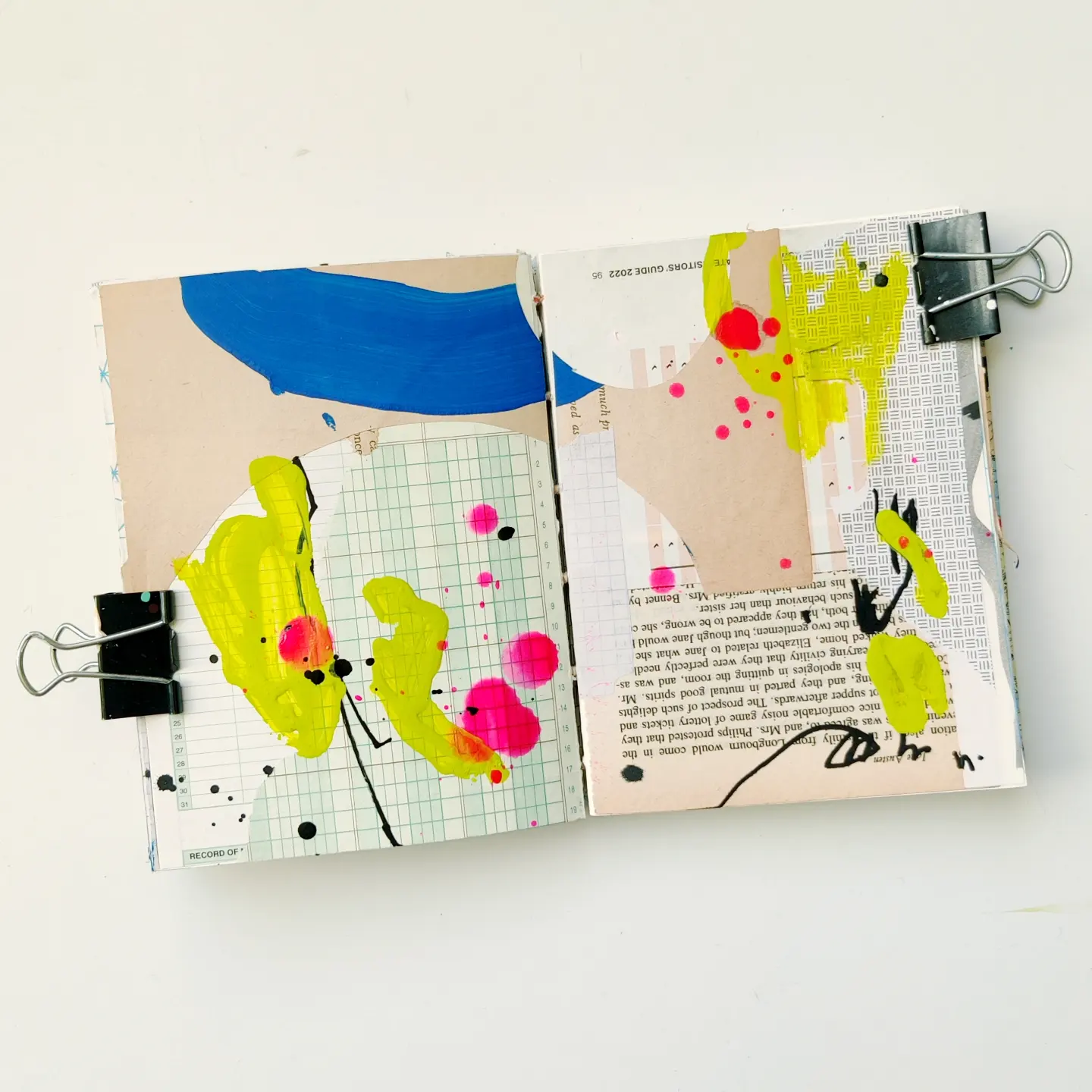
Art Journal FAQs
•
What type of journal do you use? I make my own art journals. They measure about 4.5×6 inches (11×15 cm) and are filled with watercolor paper. They’re simpler to make than it looks; the only special materials you need are chipboard, an awl, and waxed linen thread. Check out the…
-
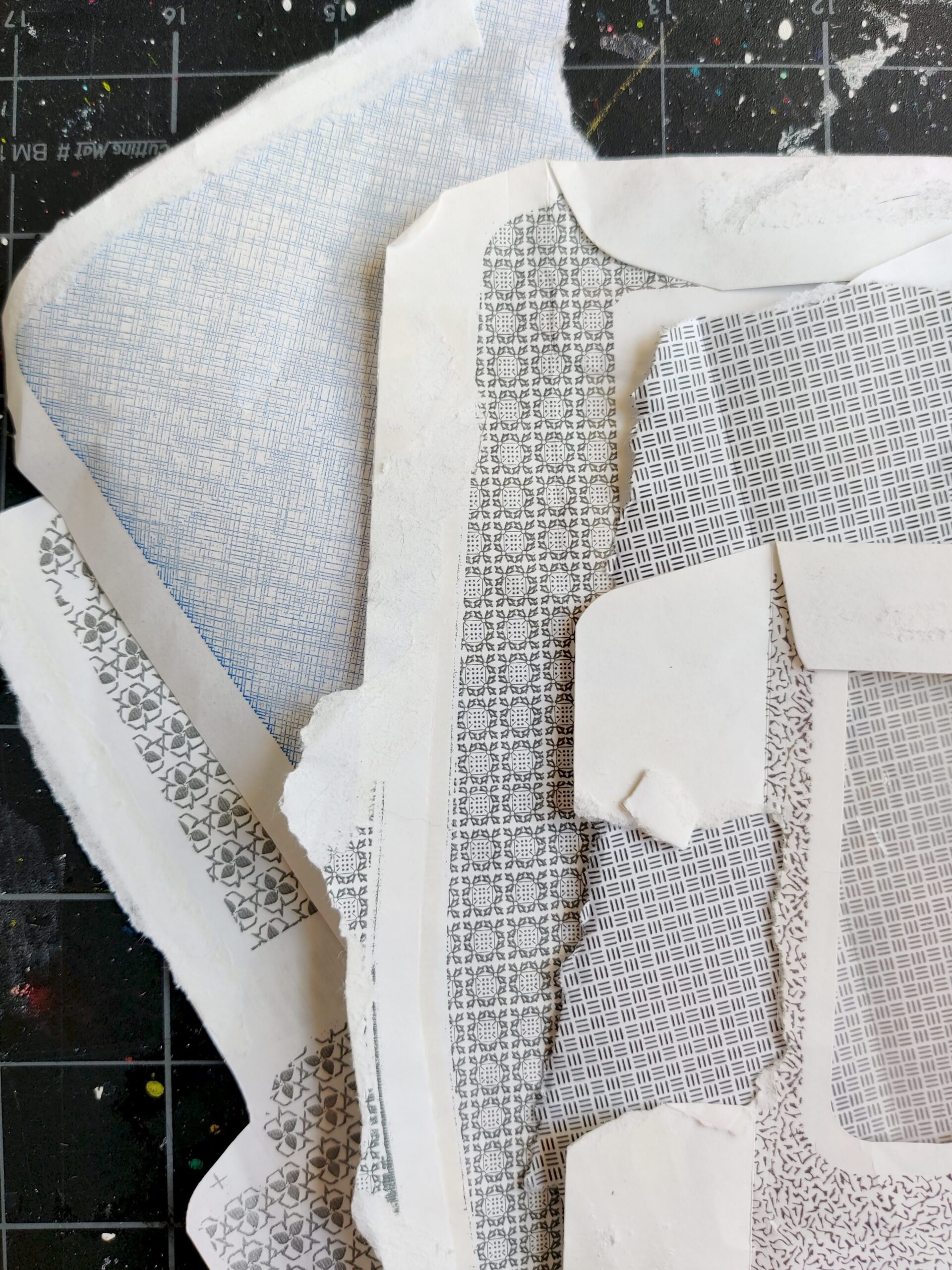
Security Envelopes
•
I use a variety of papers in my collage foundations for my art. One of favorites is security envelopes: they’re free in abundance (hello, junk mail), come in a variety of color and pattern, and add great texture to a collage.
-
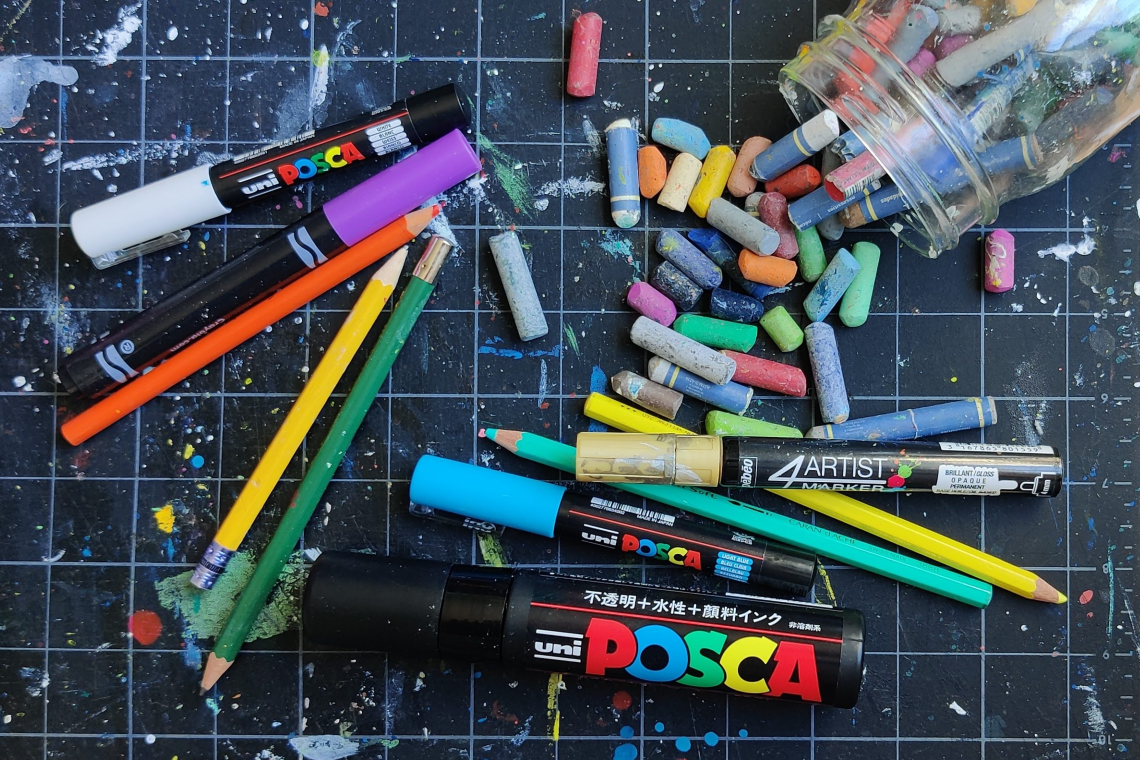
Mark-Making Tools
•
When adding lines or small splashes of color or visual texture, I turn to my mark-making tools.
-
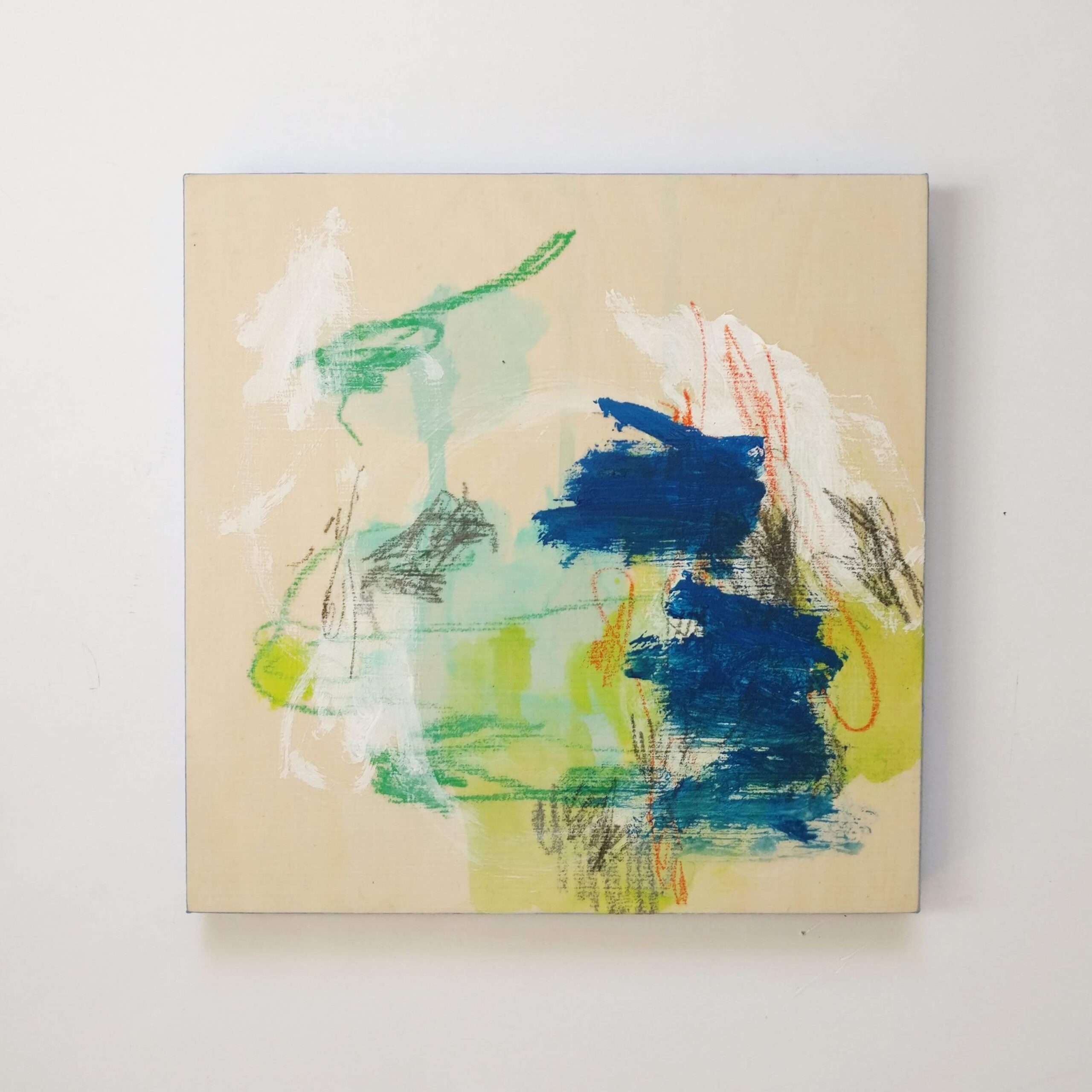
My Toolbox: Birch Panels
•
A few weeks ago, though, I decided to try out wooden panels. They don’t come in as wide a variety of sizes as canvas, but is a good place to start broadening my horizons while working on a surface that retains some of paper’s characteristics.
